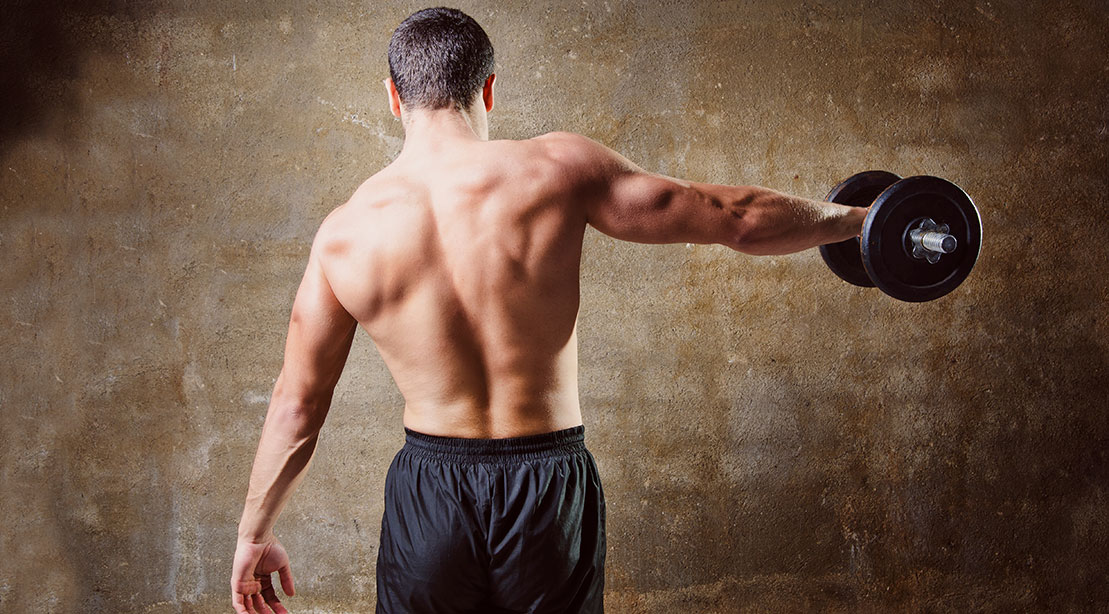A leg and shoulder workout to help you build muscle in your legs and shoulders by focusing on all the different ways you can train them. In this leg and shoulder workout, we’ll be targeting your quads, your hamstrings, and your deltoids (shoulders)Because of these muscles’ placement in the body, leg and shoulder workouts tend to be best done with free weights like dumbbells, barbells, or kettlebells; however, some can also be done with machine weights too. Leg and shoulder workouts are great for achieving that well-rounded body that everyone wants.
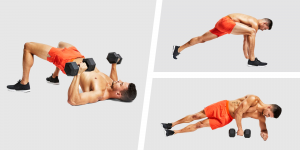
1) Full Body Exercises
If you want to make sure that you’re hitting every muscle group in your body, then full-body exercises are for you. With just a single set of dumbbells or resistance bands, it’s possible to work out every major muscle group in your body at once. Not only does a full-body workout save time, but it helps ensure that each muscle is fully engaged before moving on to another exercise. This is one of my favourite workout strategies because it means more efficient workouts – more bang for your buck!
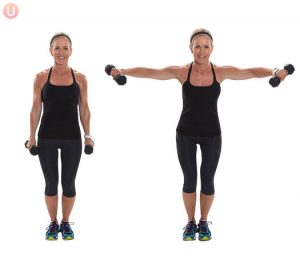
2) Lateral Raise
To work your shoulders from different angles, you can do lateral raises with dumbbells or a machine. Lie on your side and raise both arms up to shoulder height, palms facing each other. Then lift only one arm up, keeping it straight. Repeat with your other arm. That’s one rep. Do three sets of 12 to 15 reps on each side if using dumbbells. On a machine, set an adjustable bench to a 30-degree incline and lie back with your knees bent at 90 degrees and feet flat on the floor.

3) Romanian Deadlift
The Romanian deadlift targets your entire posterior chain: glutes, hamstrings, lower back, erector spinae (muscles along spine), calves, and traps. It’s also great for building strong leg muscles—especially your quadriceps (front of thighs). To perform a Romanian deadlift safely, stand in front of a weight bench or step on an aerobic stepper. Rest your feet flat on top of it and position them just outside your hips so that they’re bent at 90 degrees. Place a dumbbell in each hand by bending at your hips with knees slightly bent. Your arms should hang down toward your shins with palms facing backwards.

4) Bridge
2 of the 5 routines are leg workouts. 2 of 5 routines are shoulder workouts. This means it’s a split routine, which is great because you’ll hit each muscle group twice a week, with at least one day in between to rest. You can do these workouts 3 days per week or 4 days per week; it’s totally up to you! Some people find that training more frequently helps them get faster results. But if you’re new to lifting weights, there’s no need to train more than 3 times a week for starters (and there’s nothing wrong with sticking with just two!). If your goal is size and strength, then focus on compound lifts like squats, deadlifts, bench presses, etc.
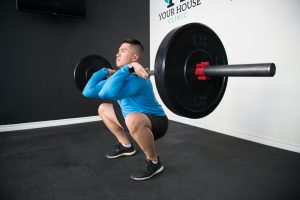
5) Dumbbell Front Squat
The front squat requires less flexibility than many other leg exercises, making it a good one to try for beginners. Hold a dumbbell with both hands in front of your chest as you would during a regular barbell squat. Lower your body toward the ground until your thighs are parallel to it, then push yourself back up. Complete 2 or 3 sets of 12 reps at an easy pace with light weights. As you get stronger, increase your weight so that you can complete 2 or 3 more sets of 6-8 reps per set with heavier weight.
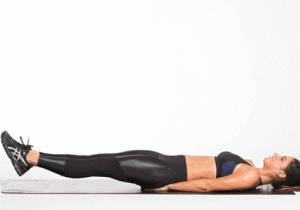
6) Leg Raise
Lie flat on your back on a weight bench with your legs off to one side. Keeping your hips steady, lift both legs until they are perpendicular to the floor. Pause for one second, then lower your legs slowly. You can use weights or simply hold something heavy (like a bottle of water) in each hand to increase difficulty. Do two sets of 15 repetitions twice a week for optimal results.
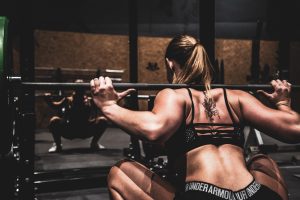
7) Back Squat
When you’re looking for a leg and shoulder workout, squats are king. According to one study, just two weeks of performing squats increased participants’ quadriceps volume by a whopping 15 per cent. Another study found that squatting for just 30 seconds at a time can increase testosterone levels in men by as much as 45 per cent. More specifically, it helps boost your levels of free testosterone by 46 per cent, which may help you put on more muscle than usual. And squats aren’t just great for building quads: They work your glutes and hamstrings too! Just be sure to do them properly. When you perform back squats with good form, they can actually be pretty safe—but poor form is another story.
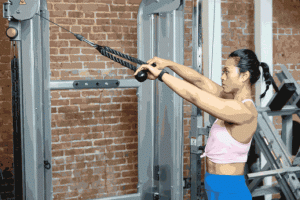
8) Face Pull
To activate your upper back and shoulders, place a rope attachment at about chest height on a cable machine. Grab an end in each hand, step back from it slightly to create tension, and then pull your hands to your face (as if you were going to do a front raise). Keep your elbows pointed down as you pull so that you don’t strain your shoulders. Face pulls are great for building rotator cuff strength—and they can help prevent shoulder injuries. If you’re doing them correctly, they should feel like a mini version of rowing (see below). Start with two sets of 15 reps on each arm. Increase or decrease weights depending on how it feels.
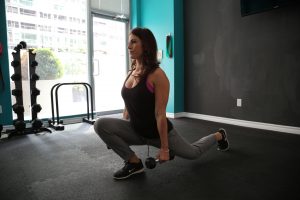
9) Walking Lunge
This is a challenging lower-body workout that targets your glutes, quads, hamstrings, calves, and core. It will strengthen your legs while improving your balance and stability. If you have any knee issues or prior injuries to those areas, skip these lunges. Set up with one foot forward in a staggered stance (the front leg should be bent at 90 degrees with your knee directly over your ankle). The back leg should be bent at 90 degrees at the hip with your knee over (not beyond) your toes. Push off of both feet to lunge forward until both knees are locked out. Pause in this position for two seconds before dropping back into a lunge on both legs simultaneously.
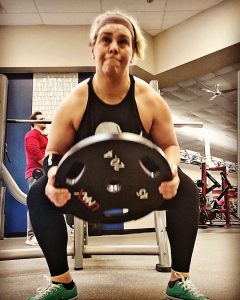
10) Front Squat
The squat is a favourite leg exercise among bodybuilders, who use it as a warm-up before they tackle their heavy leg workouts. It’s easy to see why. The squat works your quadriceps (front of your thighs), hamstrings (back of your thighs), glutes (butt), hips, calves, shoulders and lower back. For example, if you can squat 400 pounds for five reps, you’ll have no problem deadlifting 600 pounds for six reps. However, there are ways to make squats more effective that increase results in less time.
The leg and shoulder workout that follow are just a few of the workouts that I’ve found to be incredibly effective at helping me build muscle in my legs and shoulders, but I’m always looking for new ways to challenge myself and make sure I’m getting the most out of my workouts – if you have any great ideas, I would love to hear them! Please share your ideas in the comments below!
